Interview: Kwasi Boyd-Bouldin on Los Angeles, Walking and Building Projects

I lived in Los Angeles for 4 years. It's where I started making photographs. In my time there I was able to catch a glimpse of how people navigate the urban landscape. It's a bewildering patchwork of neighborhoods connected by the infamous freeways and long boulevards. The gorgeous light from the ever present sunshine illuminate the colorful landscapes and create a vibe that's tough to describe.
My perspective was basically that of the tourist. Four years is nothing like an lifetime. So when I found the work of Kwasi Boyd-Bouldin several years ago, I almost immediately recognized a kinship with it. With one big exception. I could tell he was walking the sidewalks of his hometown. There was no intention to glamorize the city. Kwasi photographs his Los Angeles, and he knows it well.
Over the years, I've watched his work evolve as he's experimented and developed new essays, and subject matter. The one constant though is that he plants his feet on the sidewalk and does not compromise on his perspective, no matter how challenging it might be for the viewer. It's a perspective filled with colorful juxtapositons, and life on the complex, busy streets of Los Angeles.
I was excited he gave me the opportunity to ask a few questions about his work, and learn more about his perspective on walking and art, which I discovered includes creating illustrations.
Bio: Kwasi Boyd-Bouldin is a photographer and graphic designer based in Los Angeles, California. His photography focuses on the the urban environment blending "elements of landscape, documentary, and street photography to present a side of the city life that’s foreign to the unfamiliar." His photography has been featured in The New York Times, Time Magazine, Lenscratch, and many other publications. He is also the lead photographer for the Netflix animation series “City of Ghosts” which premiered in March 2021. His colorful illustrations are inspired by the people and structures from the neighborhoods he grew up in.
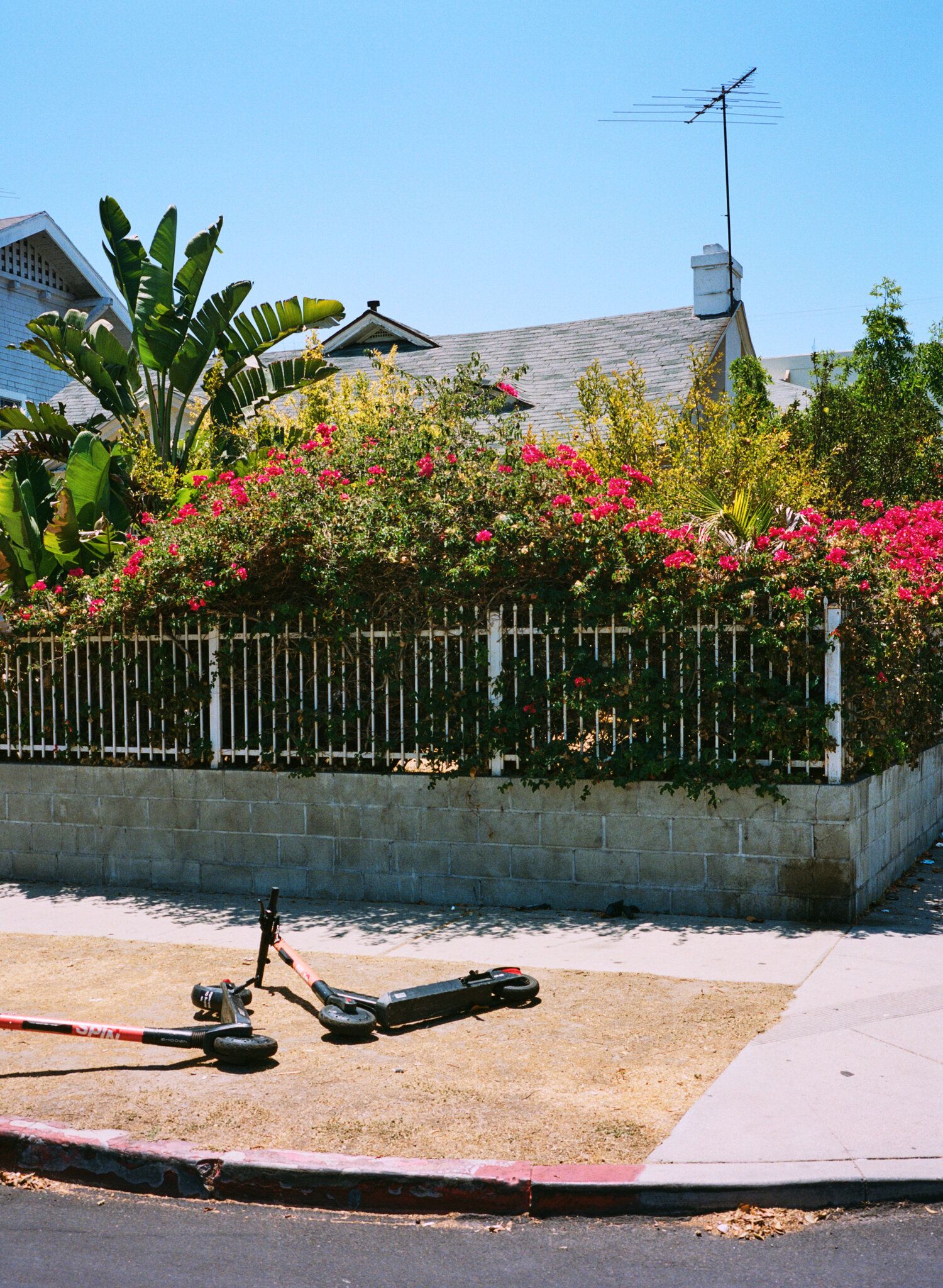

From 'Transresidential' / Copyright Kwasi Boyd-Bouldin
Bryan: Thanks for joining me Kwasi! I feel like I have been following you now for several years, and have always found your projects, and perspective on Los Angeles interesting, especially after spending years there myself walking and making photographs. Naturally, you have a much deeper connection to the city and neighborhoods as a lifelong citizen. Los Angeles isn't known as a walking city, at least from my understanding. What role does walking play in your work and experience of Los Angeles?
Kwasi: Well first off I really appreciate you following my work! I feel like it resonates just a little bit more with people that have a relationship to Los Angeles so I’m happy it connected with you.
Walking has been a part of my creative process long before I was into photography. Growing up I usually took public transportation to school so maybe it started with walks home from the bus stop. I just always recall them being a time where I could catch my breath and process the day.
When I started seriously pursuing photography, walking was like a secret weapon for me, even if I didn’t realize it at the time. Exploring neighborhoods on foot slowed the process down for me, allowing me not only to notice many things others missed but it also gave me the chance to really study my surroundings and be thoughtful in the way I approached photographing them.
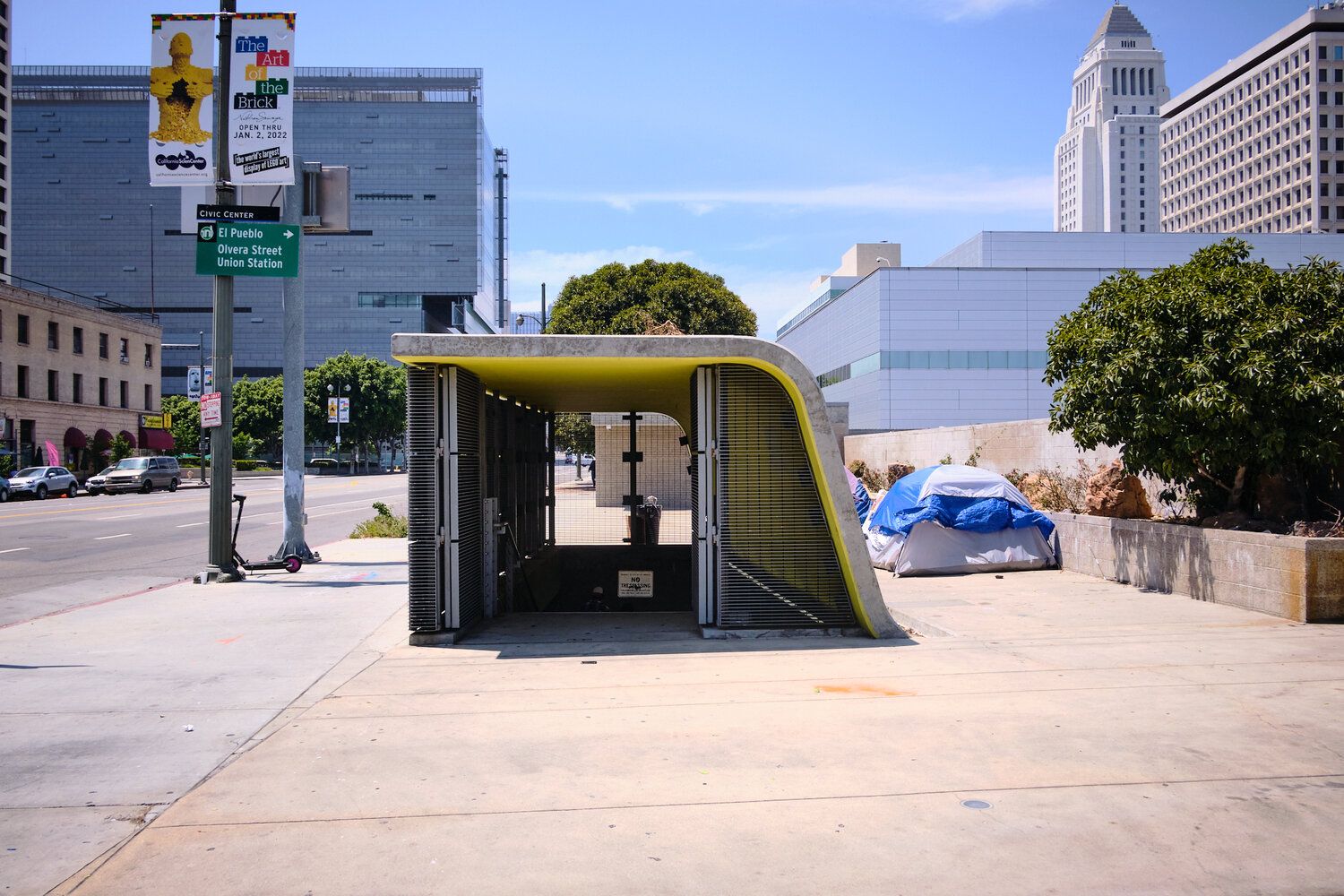
Bryan: I think the connection between walking and public transportation is interesting. Living in NYC, you feel that connection very deeply as you often have to walk to the subway station and many people will get off a stop or two early, just to get out and walk. In cities where buses dominate, it's probably slightly different. I think using public transportation certainly teaches you to have more respect for the pedestrian experience.
Your projects have a strong socio-economic element running through, especially in how pedestrians interact with the built environment. What do you think makes the pedestrian experience in Los Angeles unique? And how do you think societal inequities manifest in how citizens navigate a city like Los Angeles by foot or through public transit?
Kwasi: The socio-economic aspect of my work is a reflection of my upbringing. Growing up we had a car for a while but also relied heavily on public transportation. In Los Angeles that means that there is a lot of walking involved as well. So in a lot of ways that connection between the physical space and daily life was made for me at a young age. As I got older, it just stuck with me.
In L.A. where you live can determine the trajectory of your life and that is directly tied to the availability of public transportation. Some neighborhoods are defined by the bus lines that service them. If there is not enough invested in that sort of infrastructure it can severely limit the mobility of its residents.
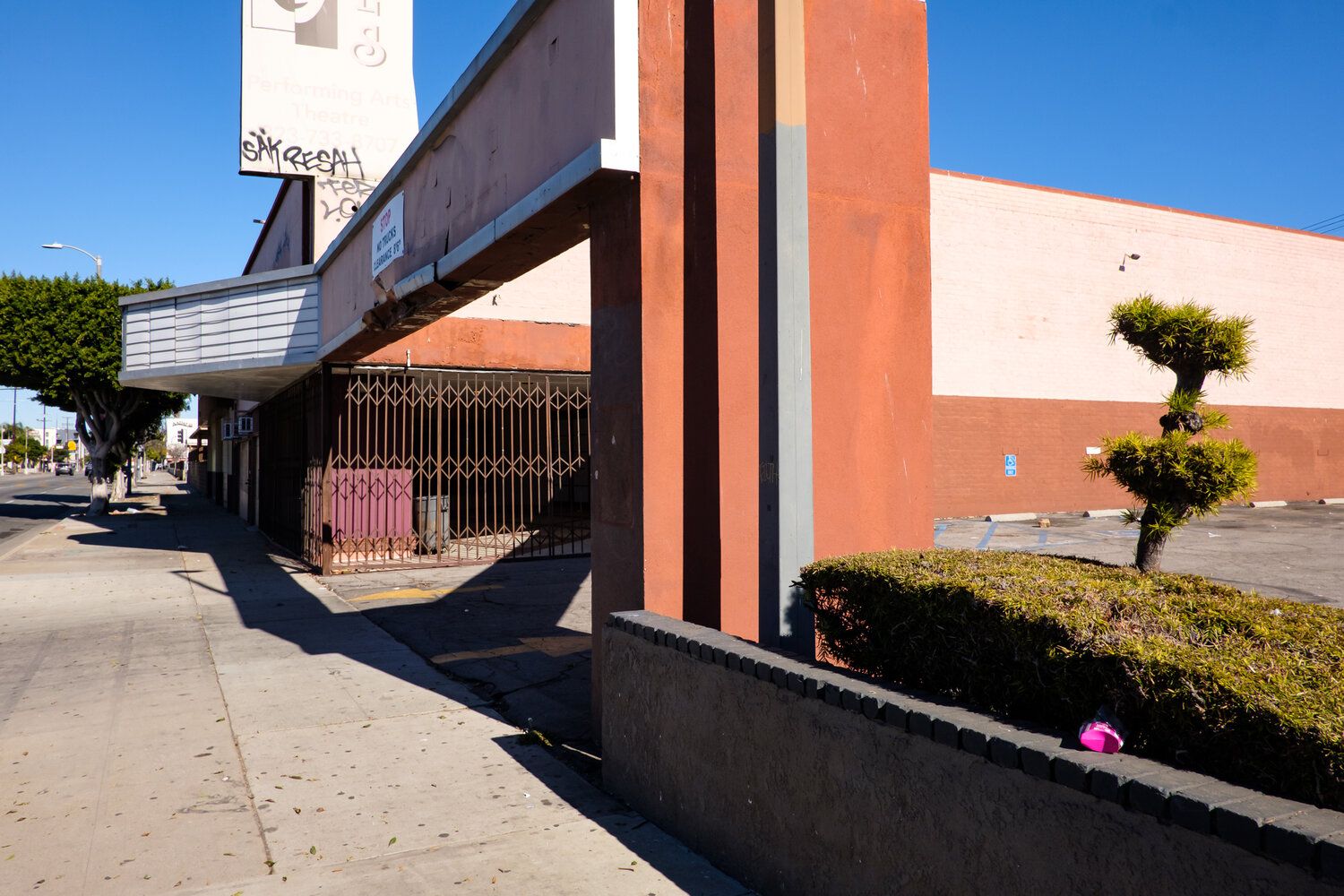
Bryan: That's a good point on the nexus between public transportation and future mobility. It's clear from your work that you have been thinking about these topics and issues for a long time. But it's not only photography.
You're also an accomplished illustrator. It seems you find multiple outlets for your creativity. How do you balance these creative impulses? I have recently started using pen and paper to make maps. It's been an interesting experience switching between mediums. Throw writing into the mix, and it all can combine in some interesting ways.
Do you generally work on multiple projects per day? What's your creative routine? And I might as well, ask at this point, how often are you out walking?
Kwasi: Illustration and drawing in general have been a part of my creative process for as long as I remember. Before taking up photography I intended to become an illustrator full time. As time passed I found a good balance between the two mediums and my work in each informs the other. In any given week I draw 3-4 days a week. I tend to take pictures on the weekends and edit/arrange during the week as well. I rarely do both in the same day because it’s hard to switch. And also, as the parent of 2 young girls, it’s rare that I have the time to.
My creative routine is usually picking a weekend day and an area to photograph. I pick a spot to park my car and wander for a few hours. In that way walking is the centerpiece to what I do because it gives me the time to really consider my environment. There is some combination of sun, concrete, and context that moves me to take the pictures I do. It’s hard to put into words but I know it when I see it.
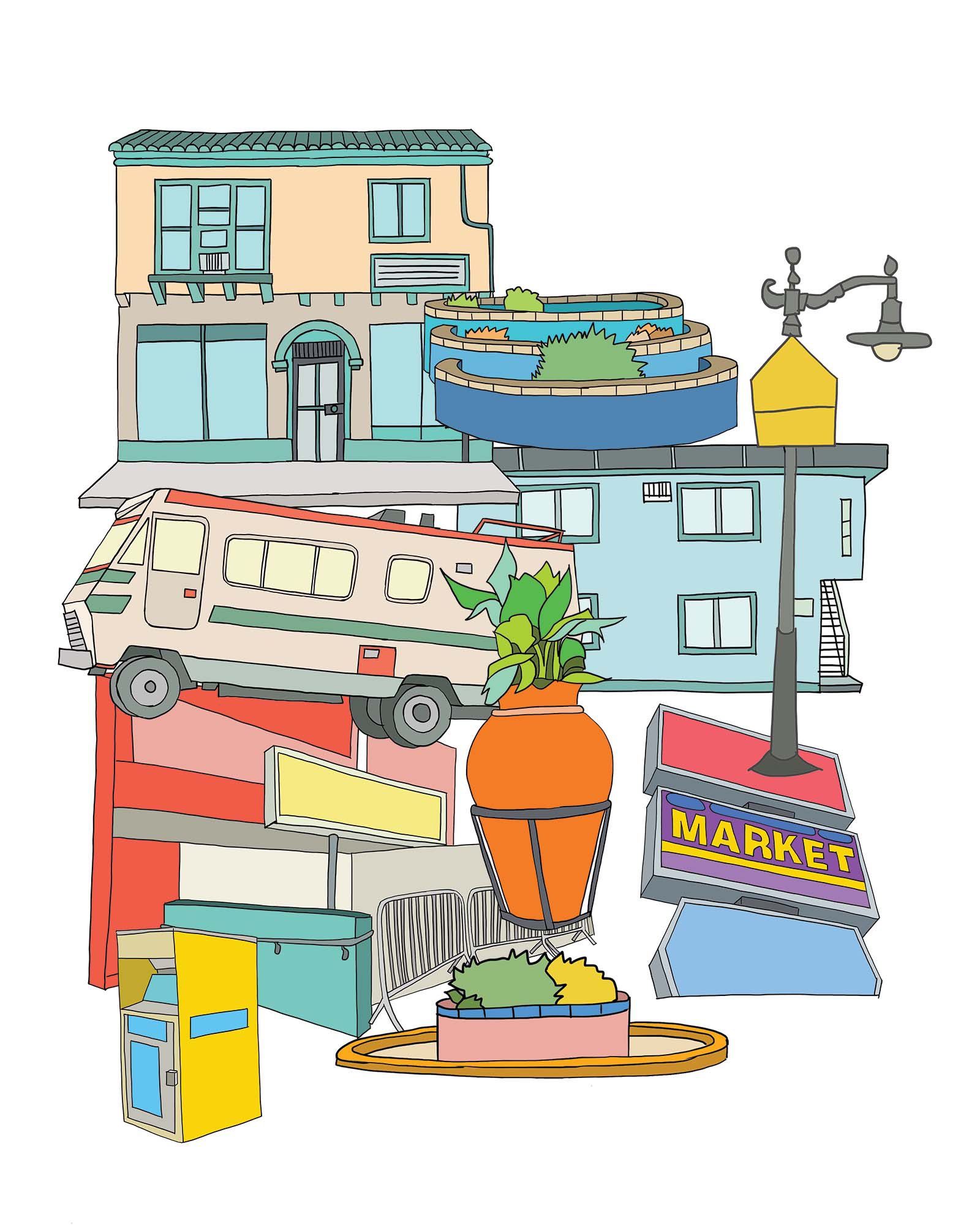
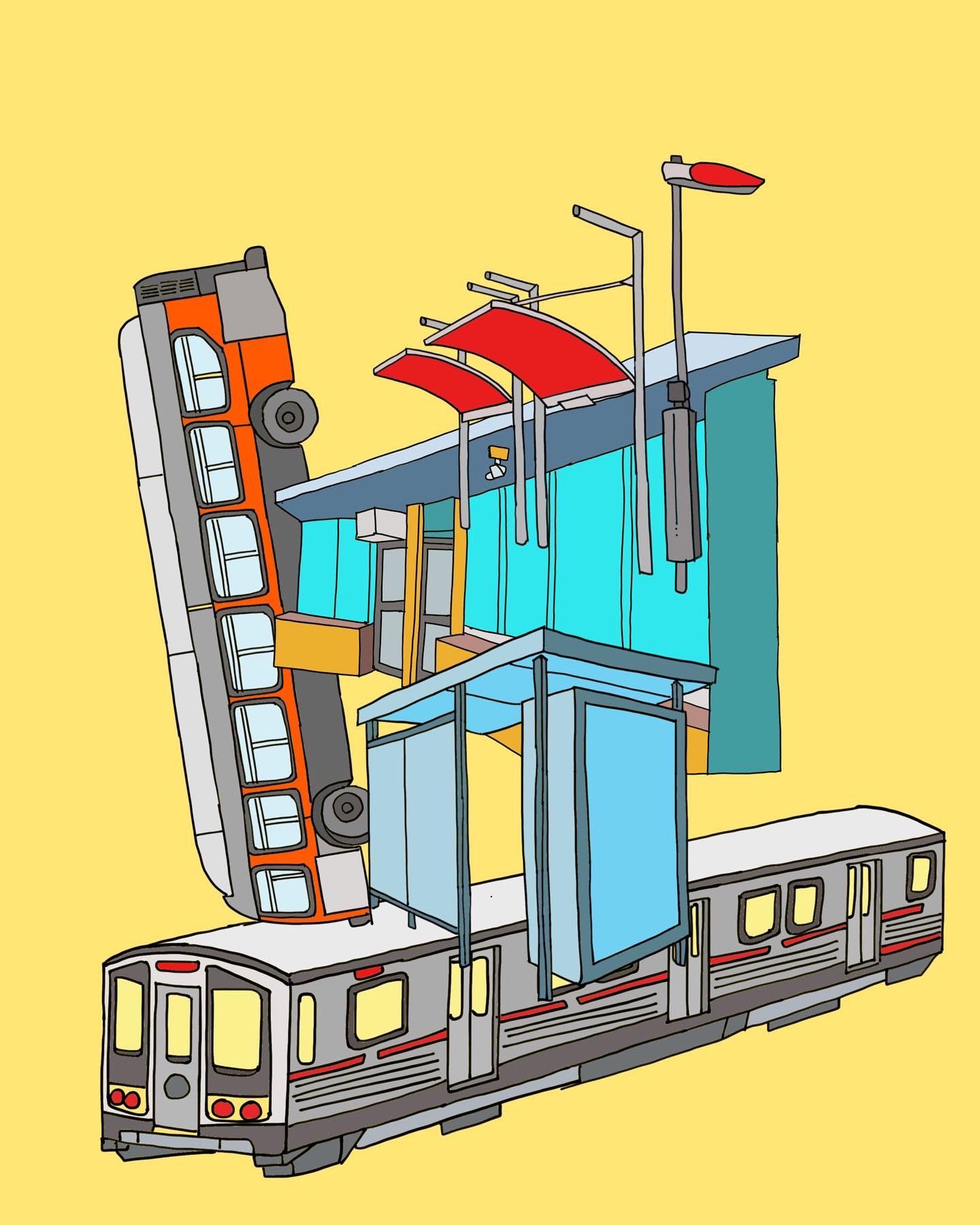
Copyright Kwasi Boyd-Bouldin
Bryan: It sounds like you have a nice, structured routine for your creative practice. I feel I am a bit more chaotic. But you were an inspiration when I started with drawing maps. I enjoyed how the illustration work and photographs played off each other in my mind.
Do you ever see the two mediums coming together for a project or do you feel they will always be bifurcated? And I am curious about if you ever have ideas that travel from one medium to the other and how they influence each.
Kwasi: Although my illustrations are heavily inspired by my photography the mediums never really blended together in a way that I found satisfying. Whenever I would try it would seem forced and I wasn’t happy with the outcome. So I stopped trying that approach and instead focused on drawing the types of things I would normally photograph, if that makes sense. This is a recent development, before the pandemic I had really slacked off with my drawing but with so much more time on my hands I dove back in.
A lot of the time the ideas and concepts seen in my illustrations are directly from a photo I took. I take a few days to a week creating a piece, selecting elements from both my photography and imagination to place in my artwork. I try and take my time to weave the elements into a collage of sorts. It’s a very rewarding process for me and I’m really happy with this new direction my work had taken.
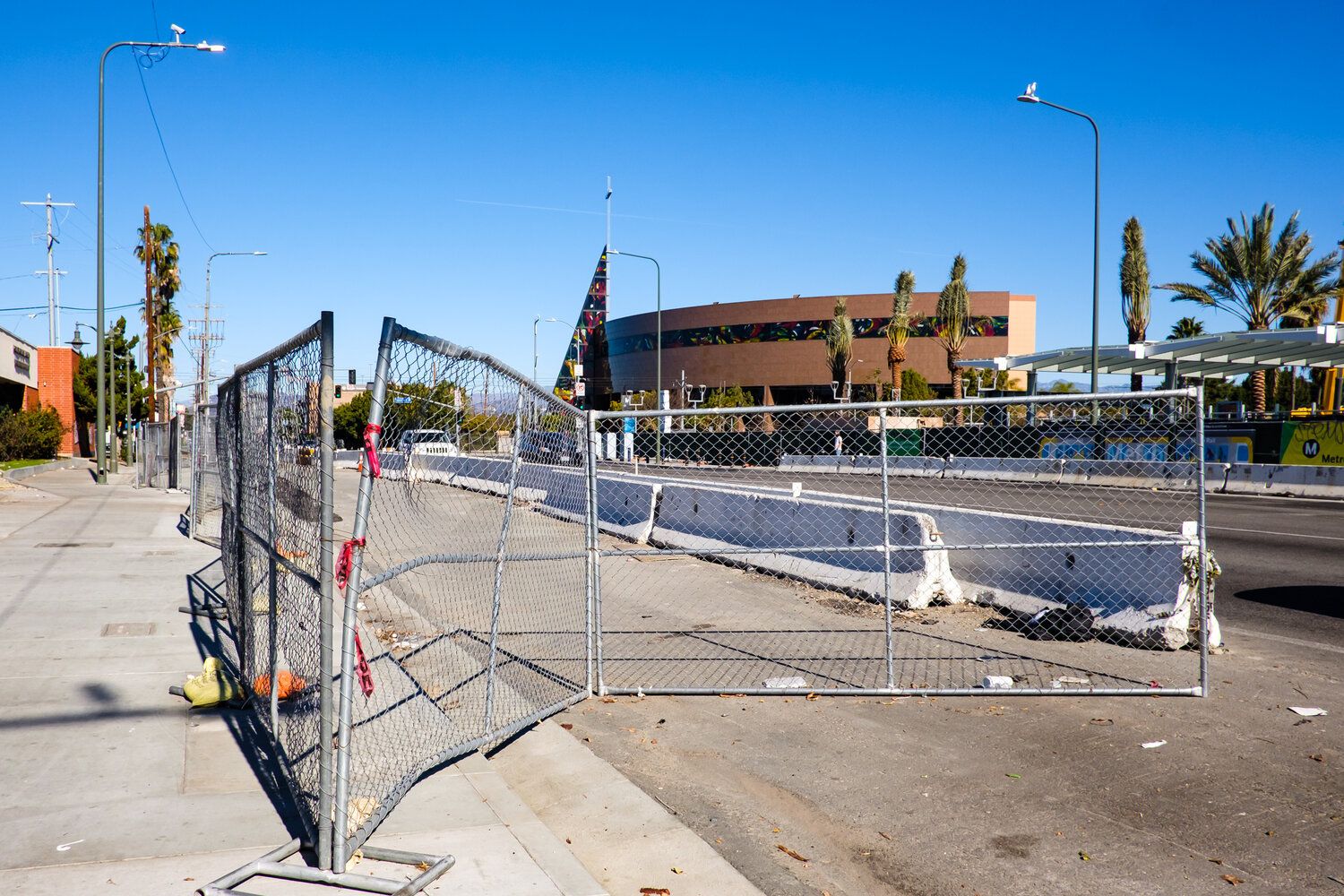
Bryan: I like how you describe that approach. For me, drawing maps has liberated my imagination to think about ideas and concepts that just don't work with the photographs. It's all about interpreting the geography and trying to push my imagination.
I often think about why art about public space is so important. When we are in public, we are forced to come together and share. During my days in NYC, I was often struck by how in general, people made it work and were respectful of each other. Of course, that's always the case, and a lot can go wrong in public. But I think a lot of that has to do with the way we design public spaces, and our cities. Have you developed any insights or theories about public space through your time working there and thinking about it?
Kwasi: I think about them quite a bit and they constantly inspire both my photography and illustrations. Living in Los Angeles they mean so much. It’s where the cultures and people from all corners of the city intersect. It can be way to take for granted for many. But the feeling of community is so strong that it can make a huge city like LA seem like a small town.
I worked in Downtown Los Angeles for almost a decade between 2004 and 2014. This was a time when it was thriving and changing at a rapid pace. It’s also when I got really serious about photography and I don’t think that’s a coincidence. I spent my lunch breaks wandering around, just looking at the wide variety of people there living their lives. Those walks turned into a desire to record that beauty and I’m not sure it would have occurred to me otherwise. There was something about observing the city come together on a daily basis that moved me, that’s the beauty of public spaces to me.

Bryan: You've been very prolific with your projects, and keeping up your website and newsletter as well. What advice would you give an artist that wants to pursue working in public, whether it's photography or any other medium. Are there things you wish you knew when you first got started that you think would be helpful?
Kwasi: I think as an artist you have to be both disciplined and relentless. The discipline is how you get your craft to a level where others might be interested in it. I personally so make something, every chance I get. As long as I keep pushing myself, I feel like I can make something happen.
I see being relentless as a combination of self promotion and being able to tune out noise, whether that’s toxic criticism or emphasizing social media too much. You have to be able to put your work out there in a way that draws attention but also not get discouraged when it doesn’t. It’s a hard balance but mastering it keeps me sane and productive.
The one thing I wish I realized when I started is that you don’t need anyones permission or approval to practice your craft and accomplish great things.
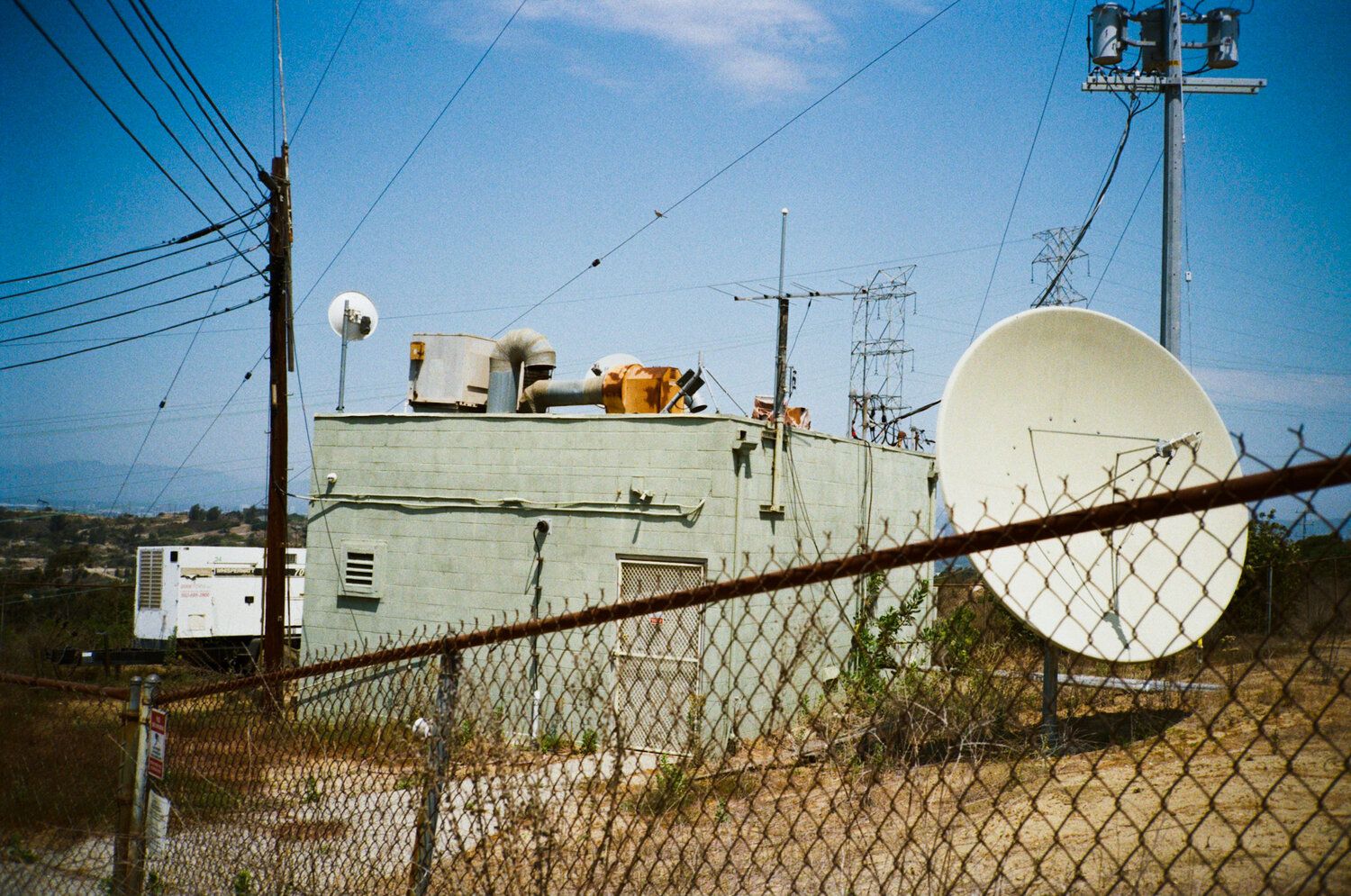
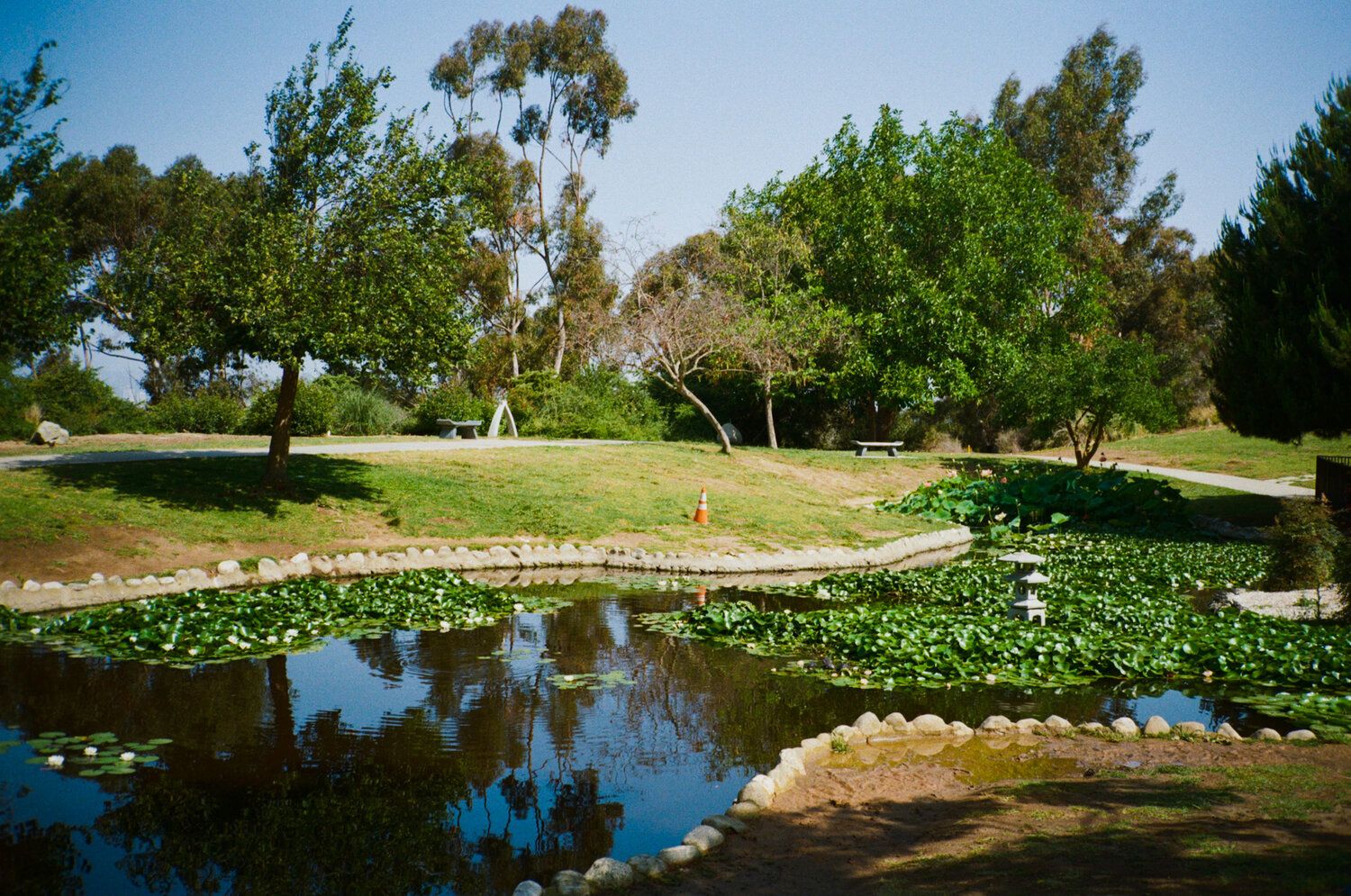
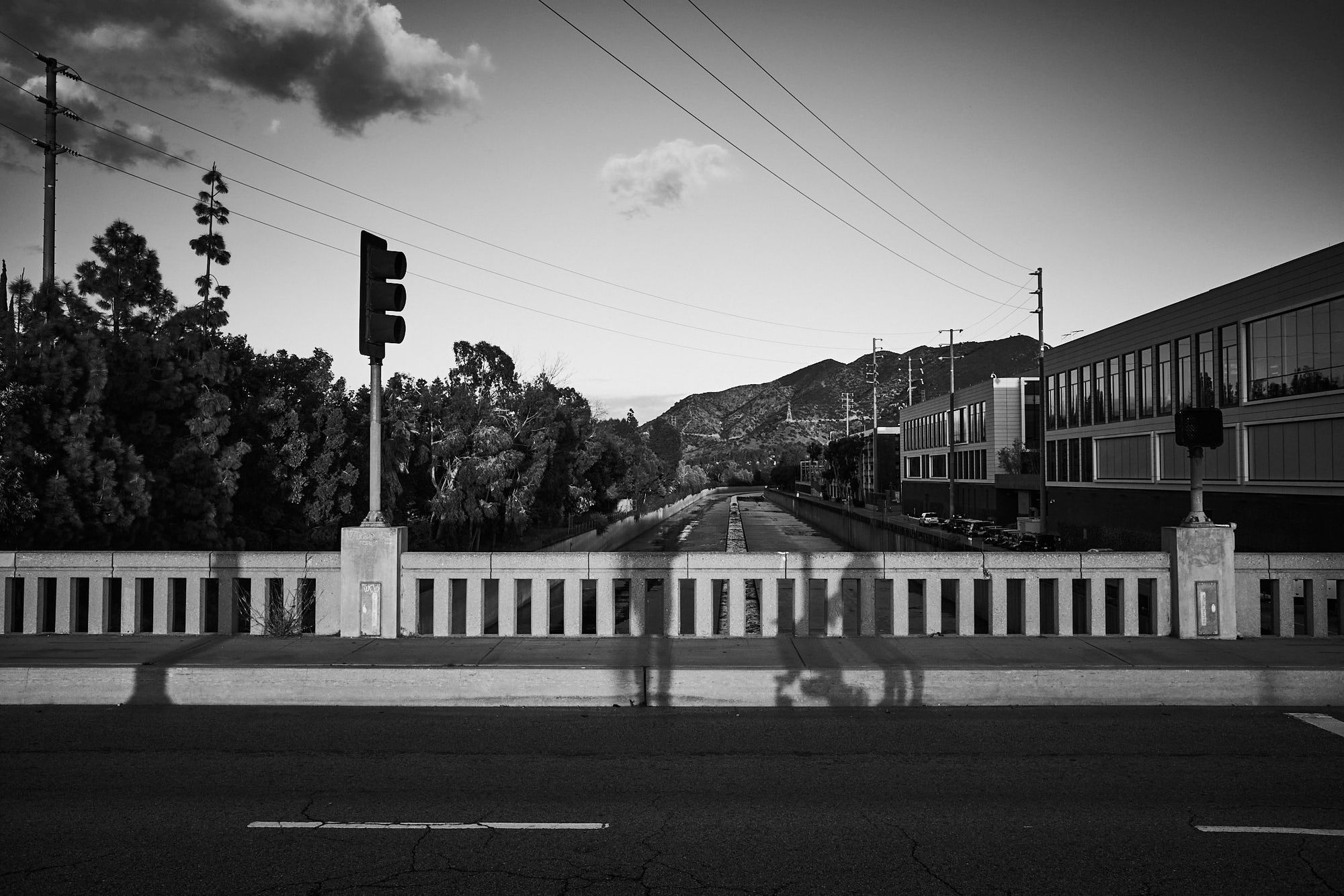

Top: From 'Endless Summer;' Bottom: From the 'Public Work' / Copyright Kwasi Boyd-Bouldin
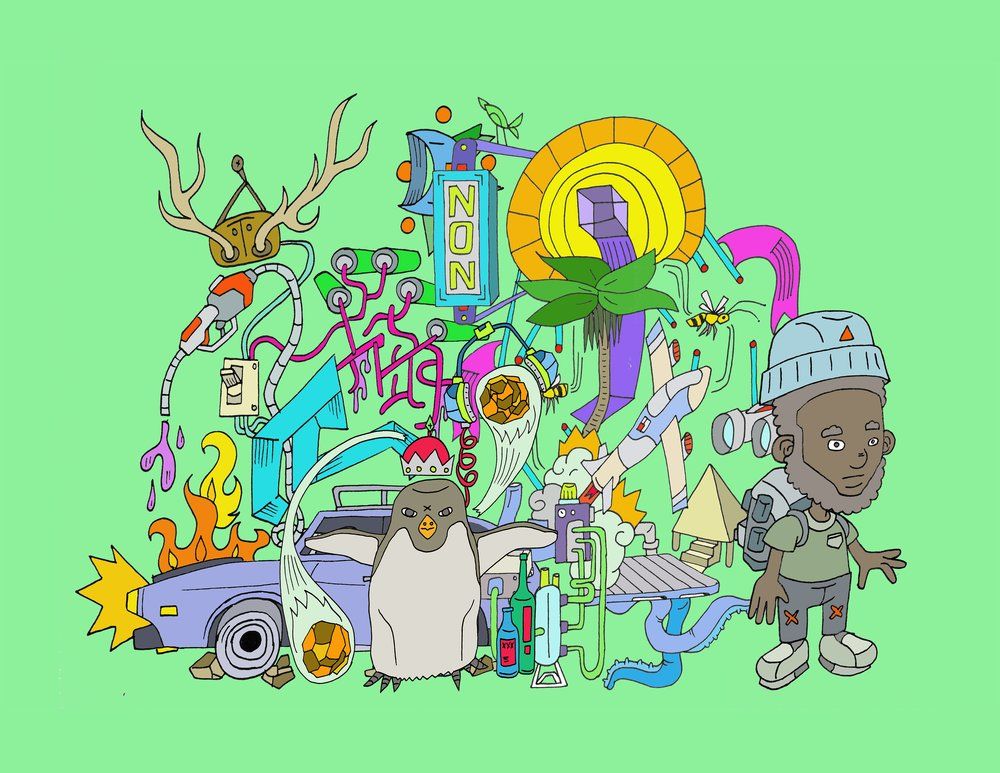
I’m a photographer and consultant from Saint Cloud, Minnesota. This is my newsletter on art, walking, and mindfulness. Each issue, I share new work from my projects and try to make connections between ideas, articles and people that fascinate me. You can email me at info@bryanformhals.com or follow me on Instagram & Twitter